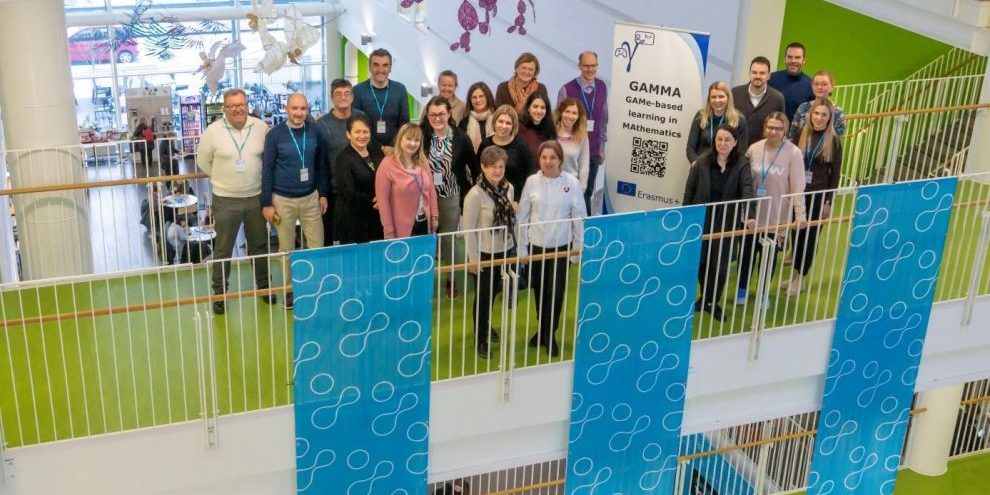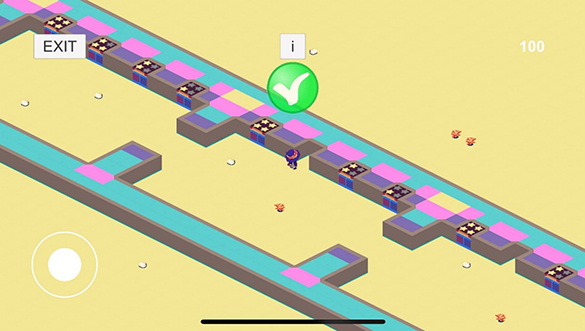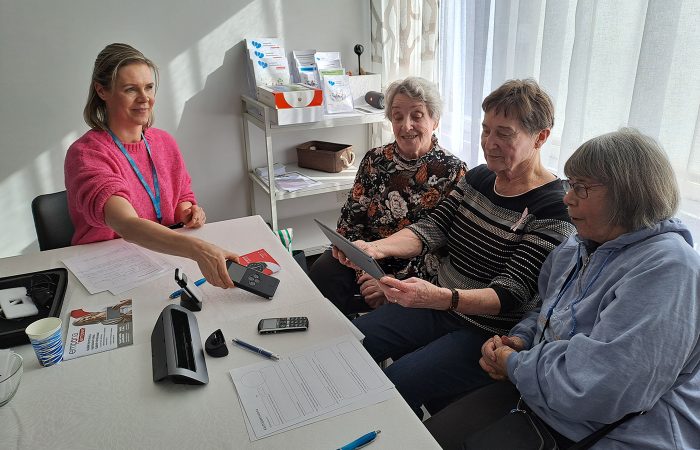We Research: Learning mathematics through digital games
Game-based learning combines the activities and principles of games with learning in a way that is very appropriate for many children and young people today. Embedded activities for learning new things motivate pupils and students to play the game and thus learn new things through meaningful actions. Even today, it is widely believed that playing digital games is detrimental to children's development, but research shows that game-based learning has many benefits for children and young people's cognitive development.

Mathematics is often seen as a more abstract and perhaps even detached from real life STEM subjects (STEM stands for Science, Technology, Engineering and Mathematics). As a result, children and young people may see mathematics as a somewhat difficult or distant subject. At the same time, it is said that traditional teaching methods no longer attract everyone to learn mathematics and the development of new learning and teaching methods is more than topical.
RoboAI is part of an international research team studying digital games-based learning in mathematics and developing digital math games suitable for mathematics learning in upper secondary schools. In addition to the Pori team, i.e. researchers from RoboAI, and mathematics teachers from Porin lukio upper secondary school, the international research group includes researchers and mathematics teachers from Croatia, Greece and the Netherlands.
The research has consisted of three main phases 1) writing a handbook of digital game-based learning and math games for math teachers, 2) designing teaching scenarios for the educational use of the games produced, and 3) designing and implementing seven digital games for upper secondary school math learning. The Pori team has worked in a truly seamless and smooth collaboration, with RoboAI researchers having the main responsibility for writing the manual and the technical implementation of the GeoWiz game, while Porin lukio upper secondary school mathematics teachers have created the tasks to the game and designed the teaching scenarios related to the game levels, as well as piloting all the games with upper secondary school students.
The handbook of digital math games and all the teaching scenarios will be published in English, Finnish, Croatian, Greek and Dutch during 2023. Similarly, all games produced will be published in these languages. All games will be free of charge, and some will be published as mobile games on both the App Store and the Google Play Store and the rest as downloadable versions from the GAMMA website.
The digital math games produced by the team have already been piloted over the winter in upper secondary schools in the countries covered by the research team and the feedback from students has been positive. Many highlighted the opportunity to practice mathematics in a motivating environment, while others liked the fact that learning in lessons was not done in a traditional way, but by playing games under the guidance of a teacher.

Did you know?
- Over the last year or so, the research team has visited all the countries where the team members live to learn about the local education systems and has spent a week working intensively together on one of these topics in each country.
- Increasing students' motivation to learn is a good reason for teachers to use DGBL (Digital Game-Based Learning) as part of their teaching.
- Many digital games have been found to require players to think strategically and analytically, and to have problem-solving and decision-making skills that can be of great importance in the world of work.
- Upper secondary students' mathematical interest and success in mathematical subjects will play a crucial role in pursuing a place in STEM-related higher education.


